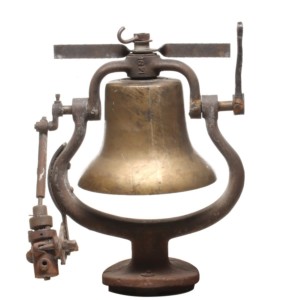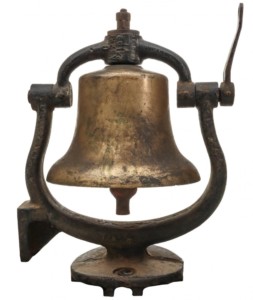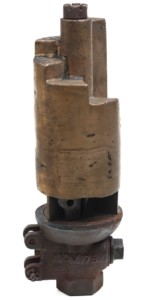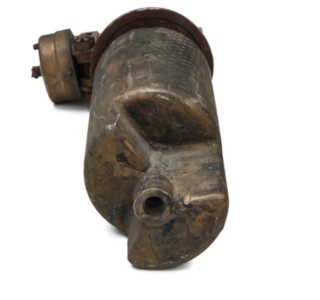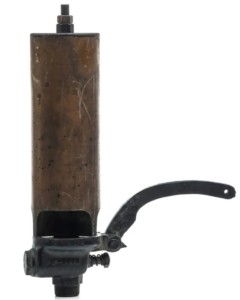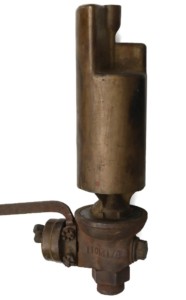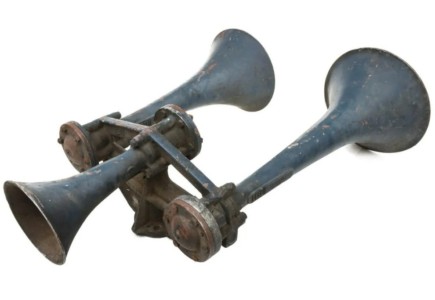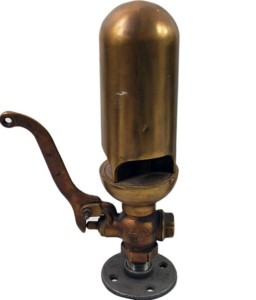 Since the beginning of railroads, locomotives have needed a warning device to sound the alarm for everything from railroad crossings to livestock on the rails. Primitive whistles generally were “single chime” whistles with a high pitched tone that would raise the dead. As technology progressed, railroads would later hone in on various “chime” whistles. Many railroads produced their own whistles where their own unique sound. Some sounds were so unique people can still identify a particular locomotive by the sound of the whistle off in the distance.
Since the beginning of railroads, locomotives have needed a warning device to sound the alarm for everything from railroad crossings to livestock on the rails. Primitive whistles generally were “single chime” whistles with a high pitched tone that would raise the dead. As technology progressed, railroads would later hone in on various “chime” whistles. Many railroads produced their own whistles where their own unique sound. Some sounds were so unique people can still identify a particular locomotive by the sound of the whistle off in the distance.
Whistles are identified by their “chimes” or the number of chambers the whistle has that air passes through the blow the often beautiful melody. On a “step top” whistle the number of chimes are easy to count. Most railroad whistles were either a single chime, three chime, five chime or six chime. The number of chimes often factors into the overall value of the whistle, although rarity and provenance of the whistle makes up more of the value.
 Along with whistles came the use of bells. Steam locomotive bells are highly sought after, particularly ones with a known provenance or background. Many railroads would stamp engine numbers or makings in the top of the bells which help identify them for what railroad or locomotive they came from.
Along with whistles came the use of bells. Steam locomotive bells are highly sought after, particularly ones with a known provenance or background. Many railroads would stamp engine numbers or makings in the top of the bells which help identify them for what railroad or locomotive they came from.
As steam locomotives started giving way to diesels, the “air corn” came along to be utilized as the warning device – a system still used today. Air horns use the compressor and air tanks from the locomotive’s air brake system to power these horns. In recent years air horns have become highly sought after and collectible because they’re easy to use in your own backyard.
If you want to collect railroadiana that you can truly utilize you may consider starting to collect railroad whistles, horns or bells. All of this equipment was built to last for generations and you don’t need to feel guilty for blowing a whistle, horn or ringing the bell and enjoying this sector of the hobby.
Gallery







